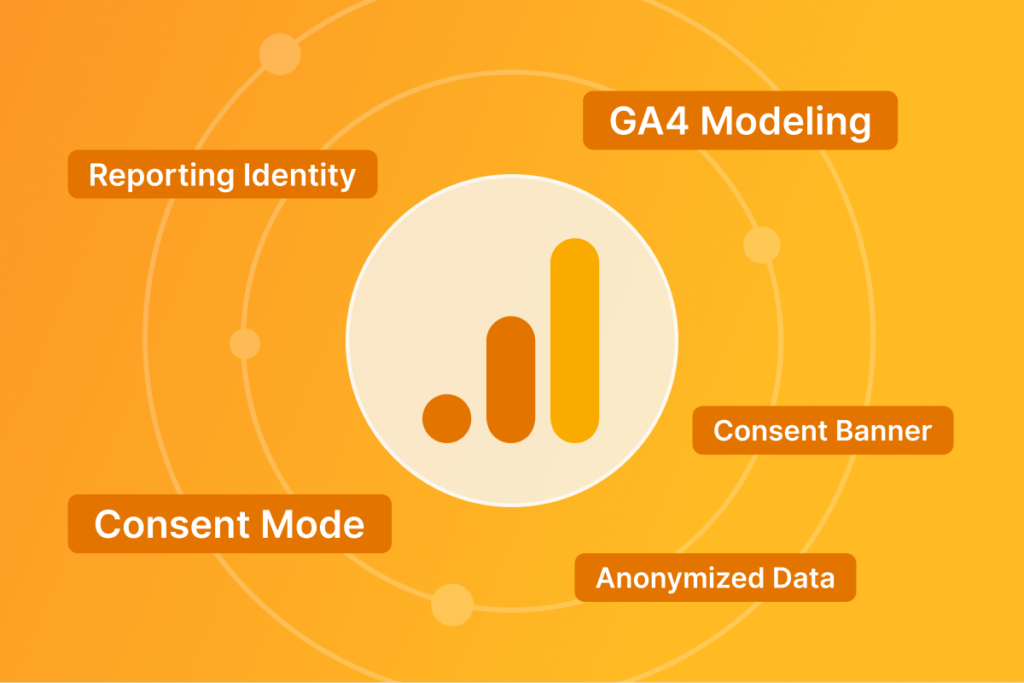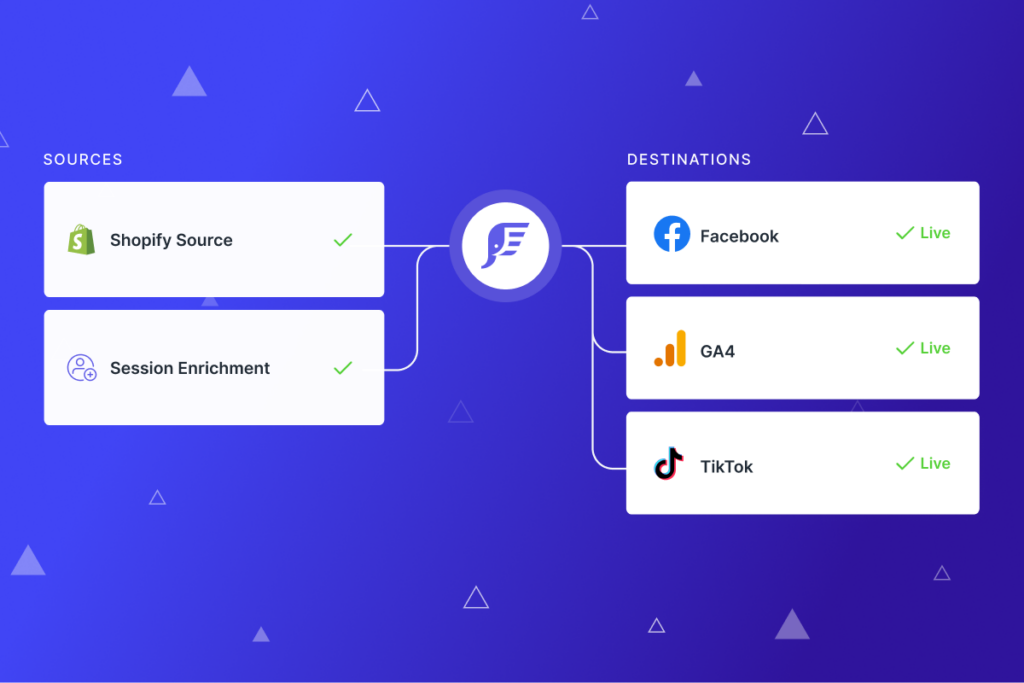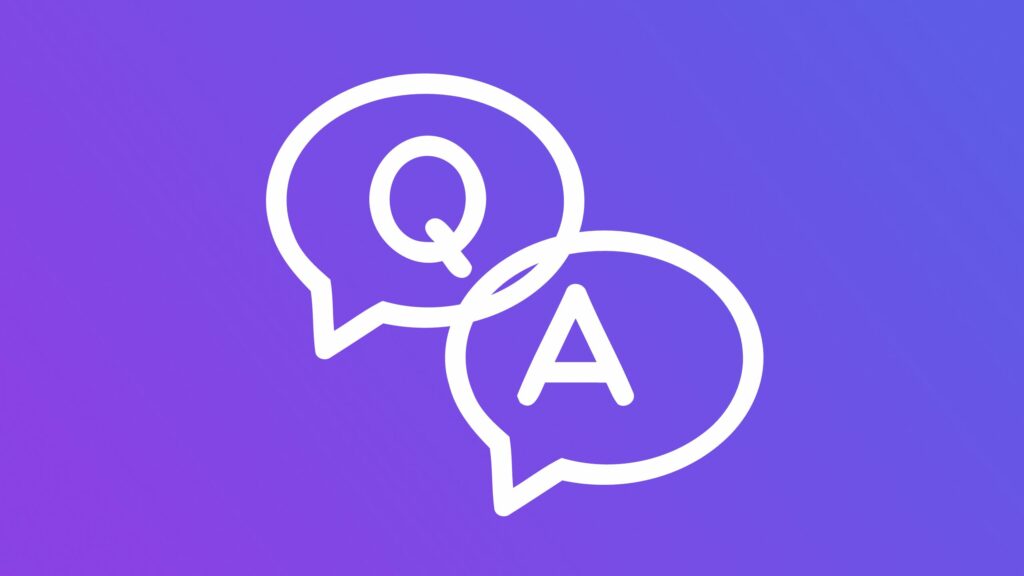How One-page Checkout Tracking Works
Explore how tracking works on the new one-page checkout and what this means for CRO.
Shopify recently announced a one-page checkout, which shifts how checkout funnel events are tracked and analyzed.
Brad Redding, Founder & CEO at Elevar, talked through each step via the native GA4 integration, Web Pixel API, and Webhooks on a recent Conversion Tracking Podcast [listen to episode 87 here].
In this article, we explore how tracking works on Shopify’s new one-page checkout and what this means for CRO.:
- Shopify One-page checkout announcement.
- What is a One-page checkout?
- How does Tracking work with a One-page checkout?
- What does a One-page checkout mean for CRO?
Shopify One-page Checkout Announcement (September 2023)
In September 2023, Shopify introduced the new one-page checkout, a condensed layout designed to deliver the ultimate online shopping experience.
With an impressive 15% higher conversion rate than competitors [source], it aims to provide the best shopping experience online.
Some merchants and marketers on social have been speculating whether a one-pager has truly optimized the checkout experience.
On the Conversion Tracking Podcast, Brad shared his experience testing checkout during his time at the eCommerce platform Magento.
At Magento, they regularly conducted split tests on the checkout process, and the One-page checkout consistently outperformed the native checkout solution.
And, given Elevar’s close integration with Shopify, we have observed regular testing of the checkout process. Shopify is committed to continuous testing, tweaking, and improvement.
What is a One-page Checkout?
Shopify has redefined the checkout experience with its one-page checkout. This innovative approach condenses the traditional three-step process into a single, optimized page.
Now, buyers can enter their contact details, shipping, and payment information on one page, ensuring a seamless journey.
From a user perspective, simply clicking “proceed to checkout” loads the complete checkout page with all the necessary steps, including contact information, shipping details, and payment information.
How Does Tracking Work with a One-page Checkout?
With Shopify’s one-page checkout, tracking checkout events has changed, requiring a deeper understanding.
The section below explores event tracking in a one-page checkout, its implications, and how it enhances conversion rate optimization (CRO).
Native GA4 Integration
When using the Shopify one-page checkout with the native GA4 configuration, the checkout events are affected in the following way:
- The “begin checkout” event is triggered when the checkout page loads.
- The “add payment” event is triggered after the user clicks “complete order,” and the order processing page loads.
- The “purchase” event is triggered when the Thank You page loads.
Note: If you have post-purchase upsells (such as Zipify), the purchase event will not trigger within the native GA4 integration until the user reaches the thank you page.
Shopify Web Pixel
Elevar integrates with the Shopify web pixel to enhance our checkout extensibility tracking, enabling us to provide accurate tracking solutions to numerous merchants.
Let’s take a closer look at how checkout events unfold when utilizing the Shopify Web Pixel during the one-page checkout process:
- The “checkout started” event is triggered when the checkout page loads, accompanied by a page view event.
- The “checkout submitted contact info” event is triggered when users enter their email address.
- The “checkout address submitted” event is triggered when a user enters their shipping address.
- The “checkout shipping info submitted” event is triggered when a user clicks on the credit card field.
- The “payment submitted” event functions similarly to the native GA4 tracking, activating when the user clicks “submit payment” or “complete order.”
- The “checkout completed” and “page view” events trigger when the order status page loads after a successful purchase.
Note: Thorough testing of these events is crucial, especially if post-purchase upsells are part of your strategy. Apps like Elevar handle this testing for you, but if you build your own web pixel through the custom web pixel manager, you’ll want to conduct thorough testing.
Webhooks
Webhooks, in conjunction with the Shopify web pixel, play a vital role in tracking events throughout the one-page checkout.
- The “checkout create” webhook fires when the checkout page loads.
- The “checkout update” webhook is triggered during various stages, updating information.
- The “email submission” webhook is activated when users enter their email in step 1.
- The “shipping information submission” webhook fires upon completion of the shipping address.
- The “payment submission” webhook functions similarly to GA4 and Shopify Web Pixel, triggered when the user submits payment details.
- The “checkout completion” webhook fires when the final thank-you page loads, signifying the completion of the checkout.
Note: Webhooks provide a comprehensive tracking solution; however, payment types may introduce variations, requiring careful consideration and logic implementation for accurate tracking. Elevar handles this logic for you with fully managed server-side tracking.
What Does This Mean for CRO and Data Analysis?
Despite the streamlined process, CRO results may not reflect an immediate improvement.
For example, in GA4, the checkout journey report will show 0 data because the one-page checkout does not have the shipping step required to populate the report.
For the GA4 Checkout journey report to populate, a user must meet every step defined in the funnel.
You still have a few options to view the customer journey in GA4. You can create a new report that excludes the shipping step or view the GA4 Purchase Journey report.
That said, if you are an Elevar customer using the GA4 integration, you can still view the checkout journey report because Elevar sends begin checkout, shipping, and payment events.
Another potential “gotcha” is post-purchase upsells. Merchants using client-side tracking with a post-purchase upsell app (Zipify) may see a complete loss of checkout event tracking in GA4.
Checkout event tracking is lost because the checkout completion event triggers when the Thank You page loads.
Final Thoughts
My final tip for you is when analyzing the new one-page checkout data. Don’t overthink it or try to compare it to what you had previously.
Benchmark your current state and give the new checkout data time to collect. There will be a shift in how we think about and analyze checkout data.
For example, if you’re at 20% from start to checkout completed. It’s not likely that the 20% is a checkout issue, as common barriers like multi-step or slow page load time are now removed.
By staying informed, testing diligently, and embracing the change, brands can ensure a competitive edge in the evolving e-commerce landscape.
Stay informed by subscribing to The Conversion Tracking Playbook on Spotify or Apple.
We release weekly episodes that dive deep into tracking, analytics, and conversion optimization.
And if you’re new to Elevar, Elevar automates server-side conversion tracking for Shopify. Check us out!



Leave a Reply